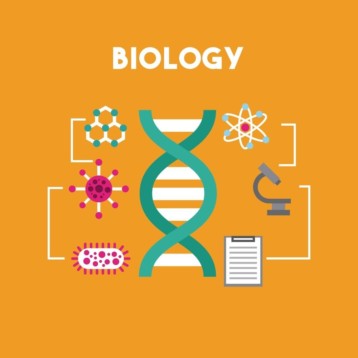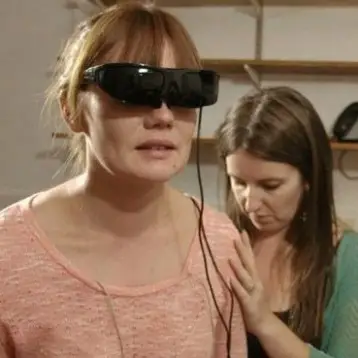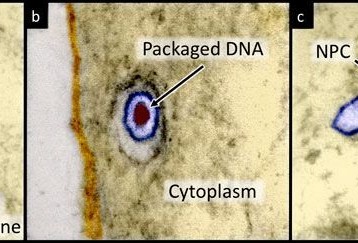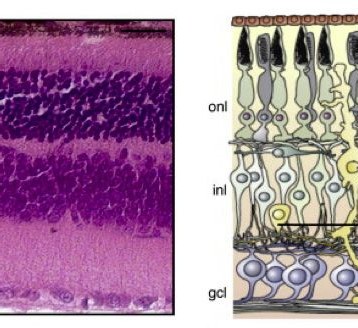Cilia are tiny hair-like structures found on different cells in the body, such as hair cells in the ear, respiratory system cells, kidney cells, etc. Over the last few years, several research groups have found that primary cilia have important functions in many animals. For example, in 2000, researchers found that defects in the cilia could lead to rare type of kidney disease.
It was a shock to many when it was initially found that brain cells have cilia. Up until recently, their function was unclear and most scientists believed they were remnants of an evolutionary past, when they were employed by single-cell organisms for navigation in the primitive world. A further shock was caused when scientists discovered that the cilia have important functions in regulating the birth of new neurons in the brain.
In the latest Yale research study, the researchers found that the brain primary cilia in mice act like antennae. The cilia receive and integrate signals that stimulate the creation of new brain cells. The protein involved in this process is the “sonic hedgehog”, which has a key role in overall embryonic development. This protein is involved in the correct development of the brain. Therefore, mutations in it could be fatal to the embryo or cause severe developmental damage.
|
When the Yale team ‘erased’ the genes necessary for the formation of primary cilia, the mice developed vast brain abnormalities. The scientists also found that when no primary cilia were present on neural stem cells, the ability of the sonic hedgehog protein to signal neural stem cells to initiate the creation of new neurons was disrupted.
The team also noted cilia present on dividing brain tumor cells. This was not surprising, as sonic hedgehog is known to be heavily involved in brain tumor formation. The study makes it clear that the primary cilium play an important role in both regenerative neurobiology and neuro-oncology. However, more research is needed before the knowledge gained in this experiment can be used in the battle with cancer or against neuro-degenerative disease.
TFOT recently published several stories on neuro-degenerative diseases. One such story was a report on artificially created stem cells that can be used to treat Parkinson’s disease, developed at MIT. Another story described the first pivotal clinical trial of Dimebon medicine in Alzheimer’s disease, conducted by Medivation, a San-Francisco based company.
For more information on Cilia research visit the Yale press release page.











